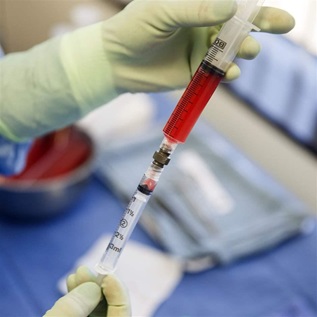New Law Takes a Big Bite Out of the Problem, but Leaves Much on the Plate
Erik Olson, director of food programs at Pew Health Group, contributed the following commentary to a December report published by the Trust for America's Health. The introduction, and a link to the full report, is below.
***
The FDA Food Safety Modernization Act (FSMA), a landmark law passed with broad bipartisan support in December 2010 and signed into law by President Obama on January 4, 2011, will help tackle foodborne illness by setting up a new, prevention-based safety system for the 80 percent of our food supply that is regulated by FDA. This was the first significant overhaul of FDA's food safety authorities since the Great Depression when President Franklin Roosevelt signed an update of the law in 1938. Major advances anticipated under this important new law include new national standards for the safety of produce and processed foods, stronger inspection requirements, stricter imports controls, and more muscular FDA authorities to help the agency deter practices that can cause foodborne illnesses.
However, as the late-summer 2011 outbreak of Listeria monocytogenes infections from Colorado cantaloupe that killed at least 28 people (with a staggering fatality rate of over 20 percent) has reminded us, substantial challenges lie ahead. For all of the crucial steps forward included in the new FSMA law, it will take many years to reverse over 100 years of accumulated neglect of the food safety system's basic infrastructure, which was designed primarily to track down the causes of illnesses and contamination problems after they have occurred. These problems have gradually manifested themselves since the original Pure Food and Drug Act of 1906 was enacted.
***
Read the full commentary: New Law Takes a Big Bite Out of the Problem, but Leaves Much on the Plate on page 77 of the report "Ready or Not? Protecting the Public's Health From Diseases, Disasters, and Bioterrorism 2011" on the Trust for America's Health Web site.











